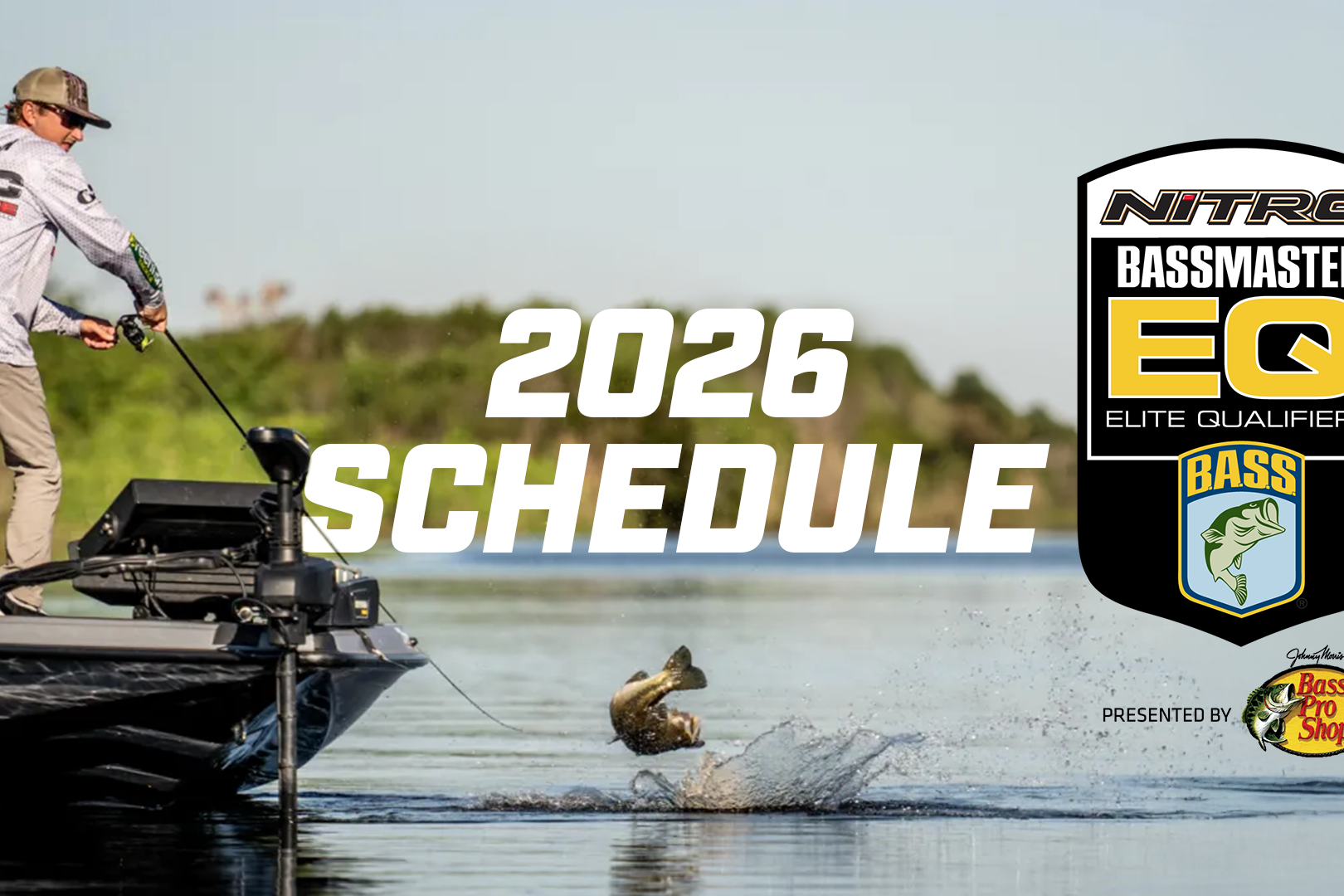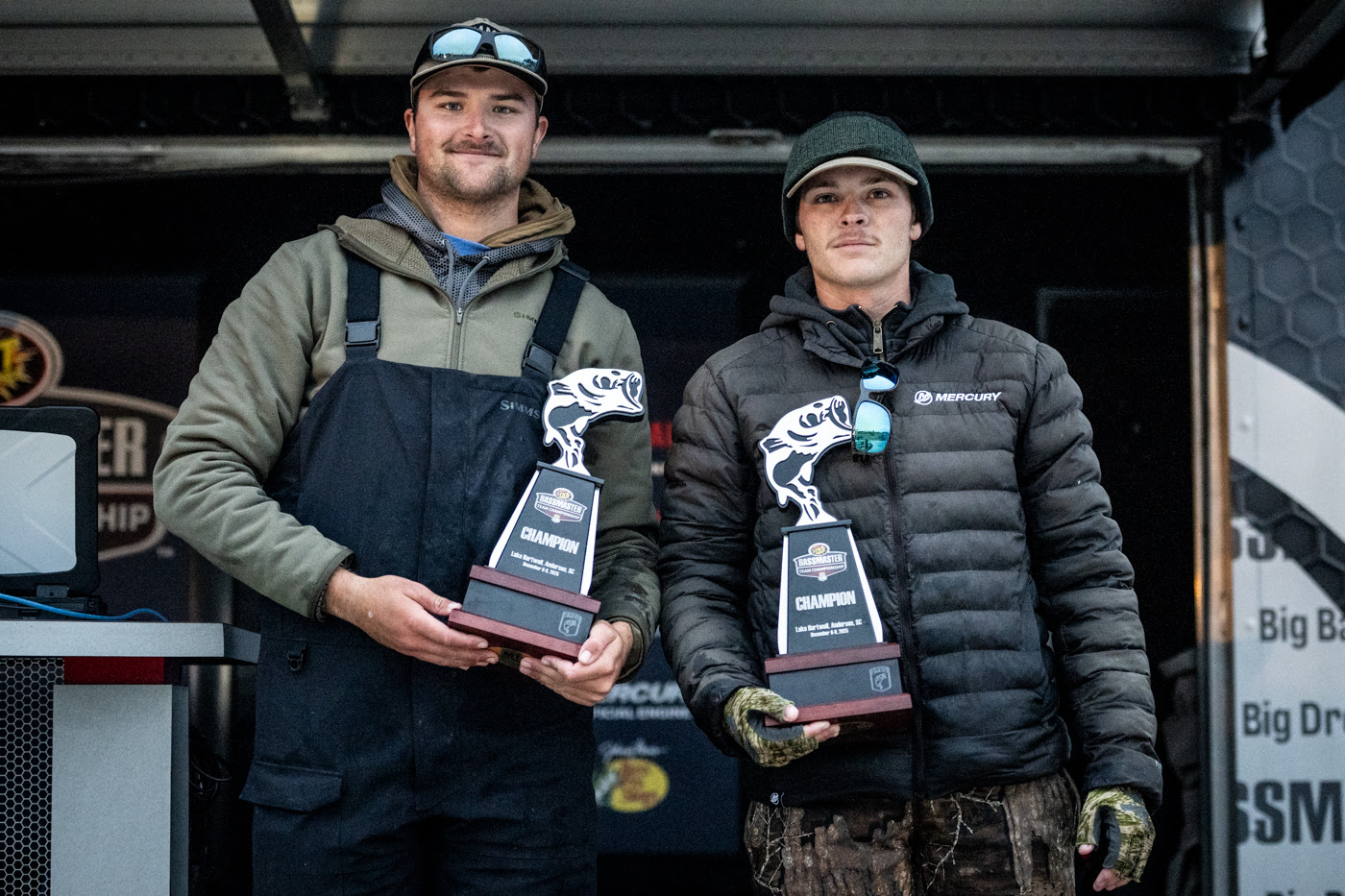Shimano/b.a.s.s Youth Conservation Initiative Accepting Proposals For Grant Assistance
BIRMINGHAM, Ala. — Fish habitat enhancement projects aren’t what they used to be. They’re better, thanks in part to the Shimano/B.A.S.S. Youth Conservation Initiative, which encourages involvement by B.A.S.S.-affiliated clubs in projects that get youth groups involved in conserving and restoring fisheries habitat.
The Shimano/B.A.S.S. Youth Conservation Initiative is now accepting project proposals from state chapters and B.A.S.S. Nation clubs through Jan. 15, 2015, for grant assistance. B.A.S.S. Nation conservation directors can submit proposals for projects involving youth members of Junior Bassmaster clubs, high school or college fishing teams, Scout troops, Boys or Girls Clubs, FFA or 4-H, church youth groups and school science clubs, for a few examples.
One of the three projects financed during the first year of the Shimano/B.A.S.S Youth Conservation Initiative was an effort by the Georgia B.A.S.S. Nation to revive West Point Lake’s sagging largemouth fishery.
In August, about 40 volunteers from Georgia B.A.S.S. Nation clubs, six high schools and the University of West Georgia planted 2,000 water willows at West Point Lake on the Chattahoochee River. The hope is that this vegetation will help young largemouth survive an expanding population of smaller, but more aggressive, spotted bass.
“Largemouth bass spend much of their first year in less than 5 feet of water,” said Tony Beck, Georgia B.A.S.S. Nation conservation director. “If they are spending that time on a bare bank with no habitat, the chances of them surviving go way down. But if they can spend that time in a water willow grassbed, they have a good chance of surviving to 6 to 8 inches and recruiting into the population.”
Additionally, the Lake Oconee Bassmasters grew the willows from cuttings taken from plants that they helped establish in Lake Oconee six years ago. Then club members and high school anglers spent two days cutting and potting.
“It takes about three months from the time the cuttings are potted to the time that they are ready to be planted,” Beck said. “During that time, a lot of hours are spent keeping them alive. I would say we have well over 300 man hours of work in this project.”
While Shimano will fund the grants, B.A.S.S. will administer them evenly among the six B.A.S.S. Nation regions.
“Through Shimano’s incredible generosity and commitment to conservation and youth, we will again this year be able to provide one grant per B.A.S.S. Nation division, if we get suitable applicants,” said Gene Gilliland, B.A.S.S. conservation director.
“Proposals that show the best integration of B.A.S.S. members, partnering with youth groups, other organizations or agencies and leveraging matching funds or donated materials will receive the highest consideration,” he added.
To apply, fill out an application using the link http://www.bassmaster.com/sites/default/files/imce/2015_shimano_bass_youth_grant_application.pdf, and return it to Gilliland at [email protected].
Proposals will be judged by a panel that includes Gilliland; Jon Stewart, B.A.S.S. Nation director; Shimano Director of Environmental Affairs Phil Morlock; and other representatives from Shimano. The awards will be announced at the 2015 GEICO Bassmaster Classic in Greenville, S.C.
“We are encouraging the B.A.S.S. chapters to work with fishery management agencies and local fishing tackle retailers to identify the conservation needs in their areas,” Morlock said. “Fish habitat improvement can involve a wide variety of efforts both in and adjacent to the water, and projects that benefit multiple gamefish species and/or forage fish are key to improving fishing.
“When young anglers can see first hand the positive results of ‘hands on’ habitat improvement, they develop an appreciation for why we enjoy such a wealth of quality fishing and how anglers volunteer to make a significant contribution to conservation,” he added.
Other projects financed the first year included enhancement of habitat on urban fishing ponds in Connecticut and establishment of aquatic vegetation and installation of fish attractors in New Mexico’s Elephant Butte Reservoir.
“The New Mexico project really typifies what we hope to achieve with this program,” Gilliland said. “They’re thinking along the lines of improving an entire reservoir, not just putting in fish attractors. They’re using both plants and artificial habitat. They’re working with local high schools, the Bureau of Reclamation, Game and Fish, state parks and other organizations.”
In Connecticut, meanwhile, the Mohawk Valley BassCasters, assisted by the Lightning Junior Bassmaster Club, placed “spider block” cover in Echo Lake. The Connecticut B.A.S.S. Nation is using that initial project to provide a video guide and installation plan for other clubs to follow.
“This was the first of our Community Lake enhancement projects, and we wanted to be sure that we have a very detailed plan for other clubs to follow to make these projects easy, fun and meaningful,” said Dean Rustic, Connecticut B.A.S.S. Nation conservation director.
















